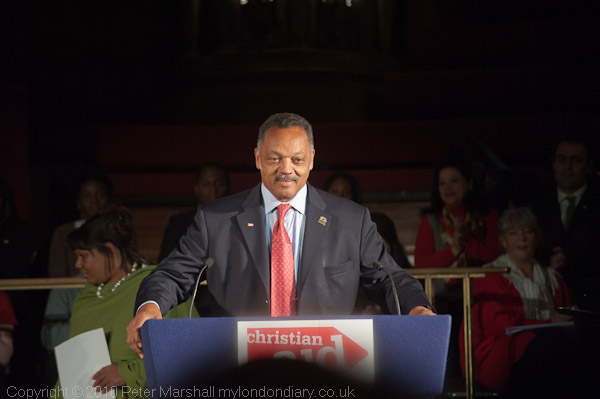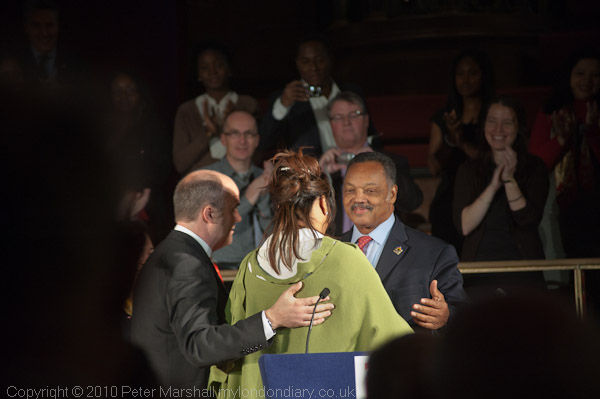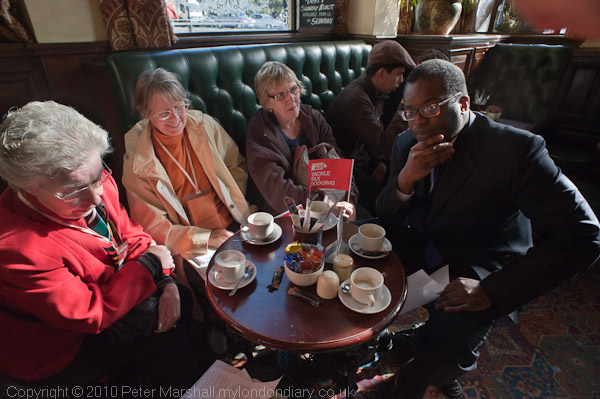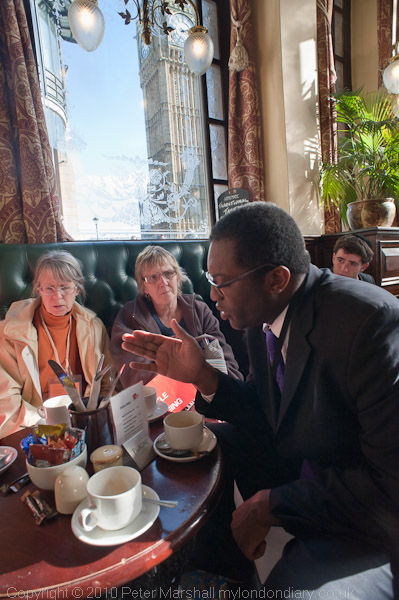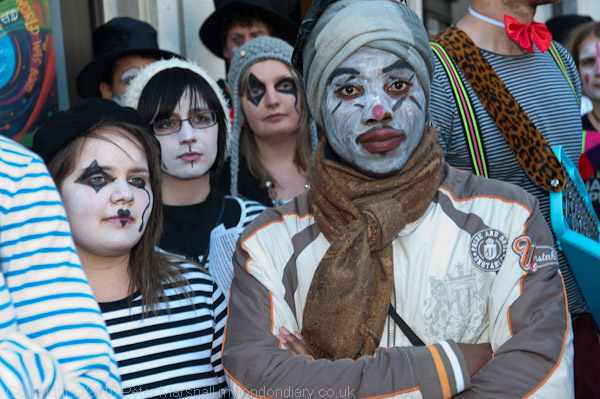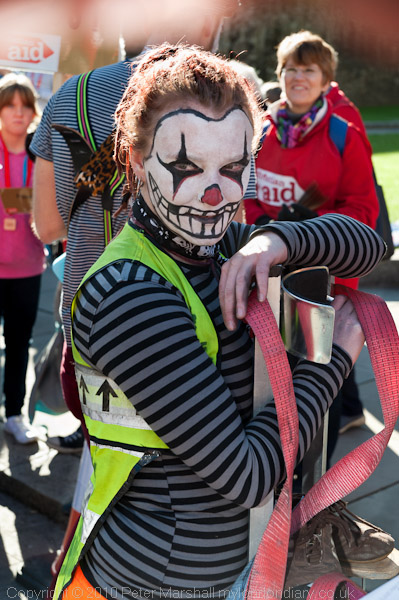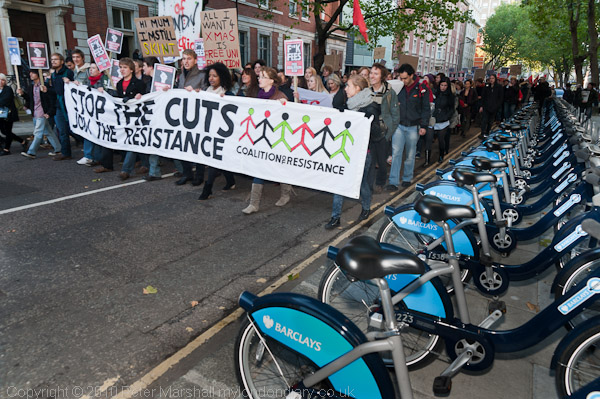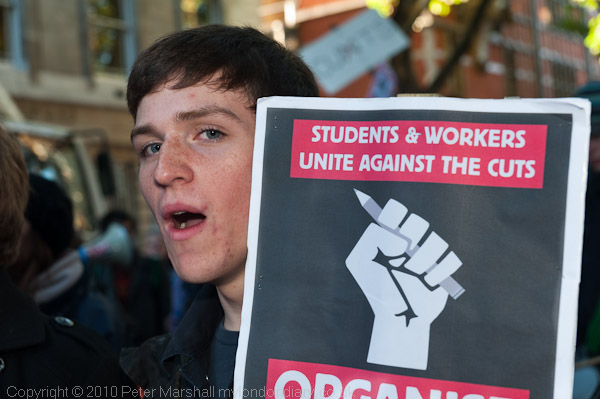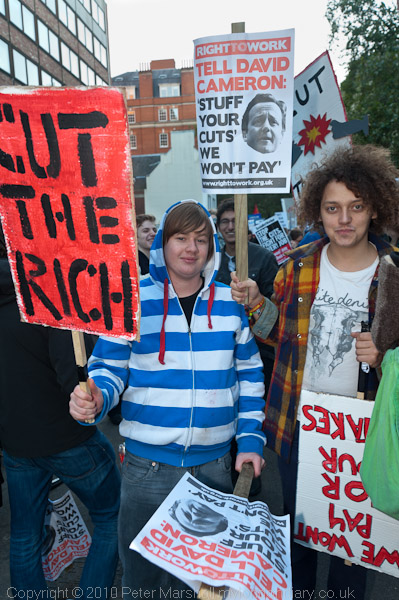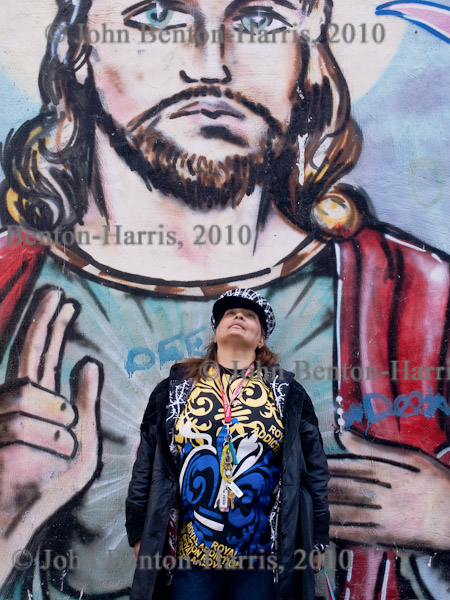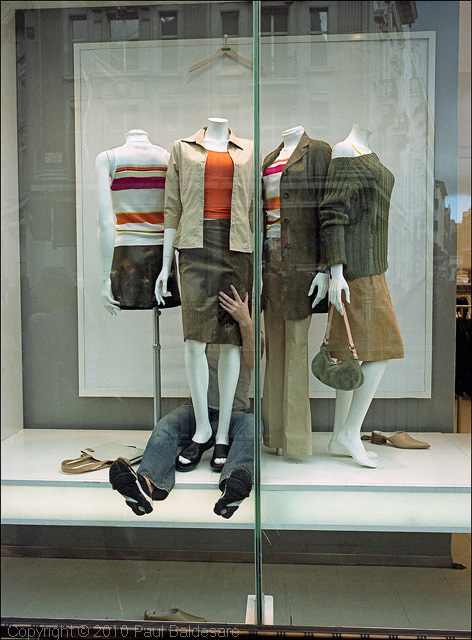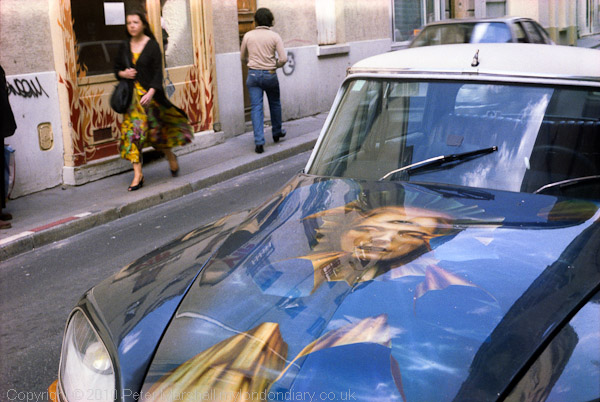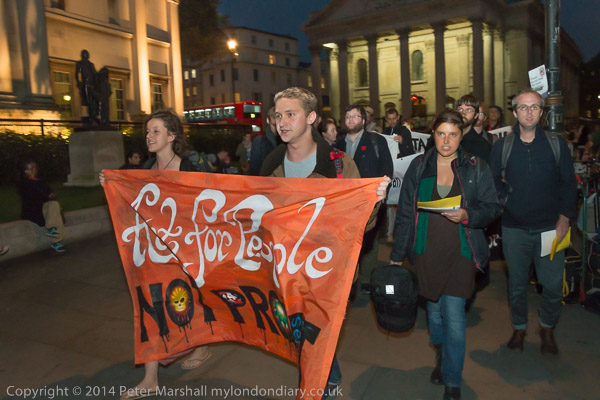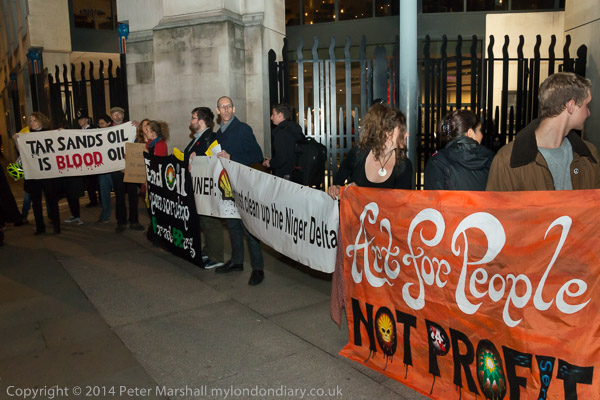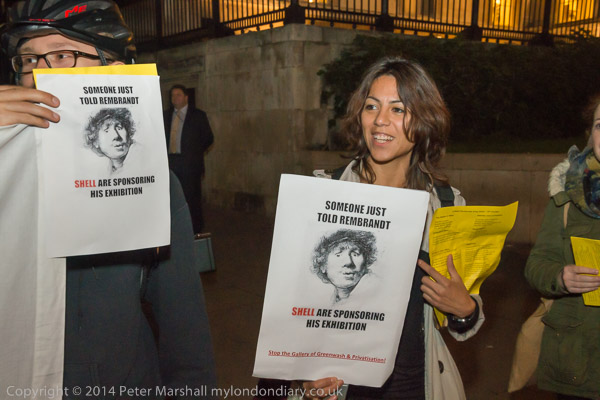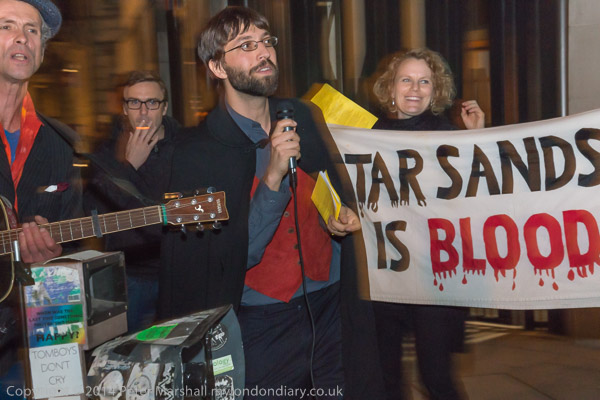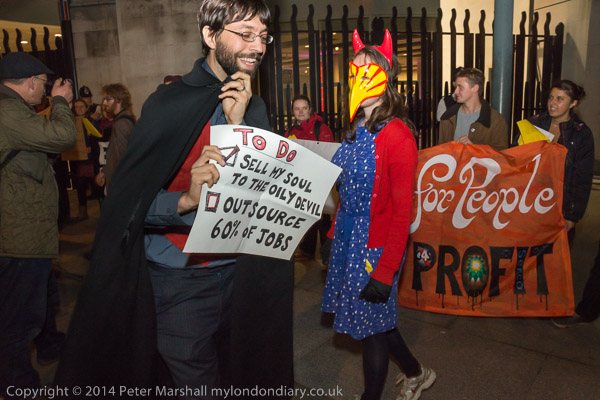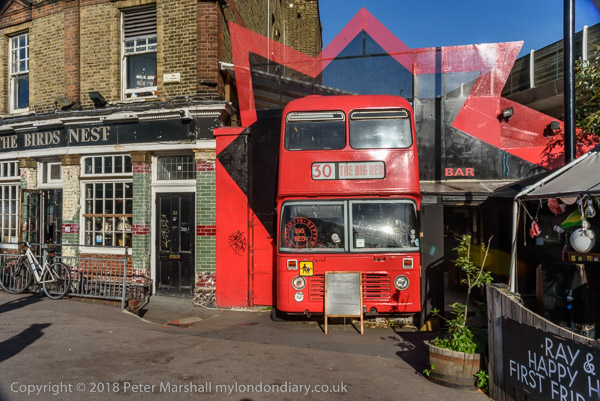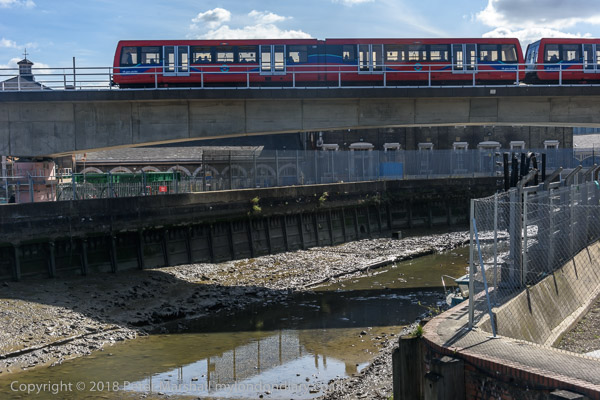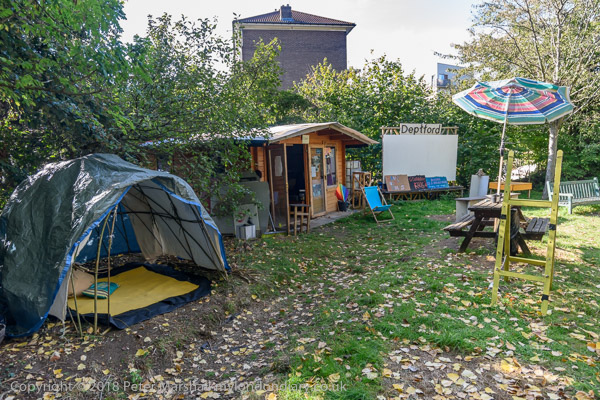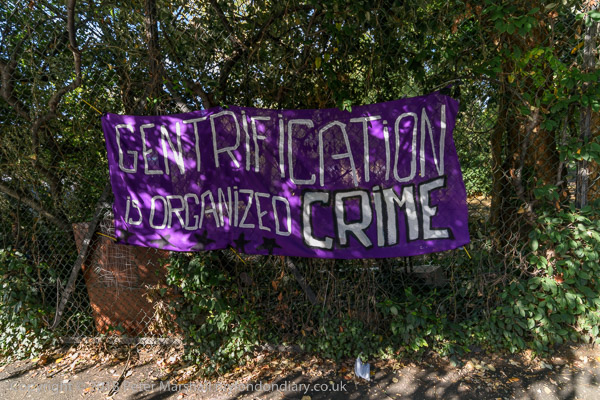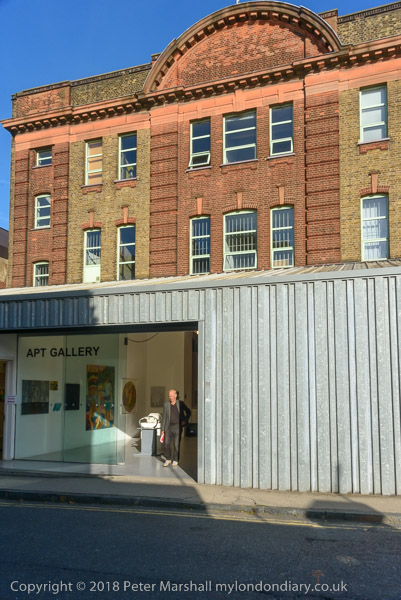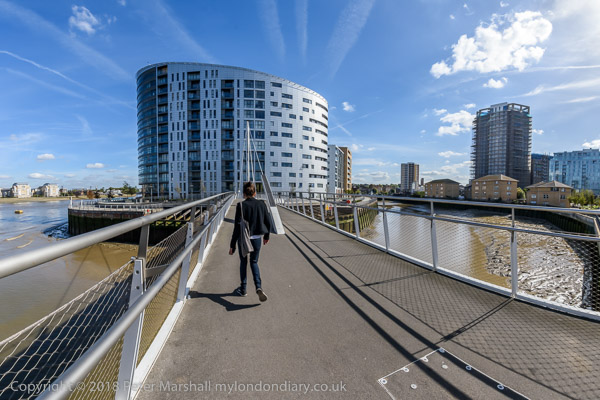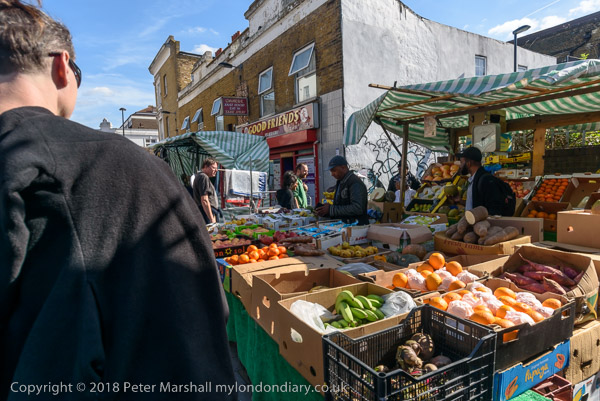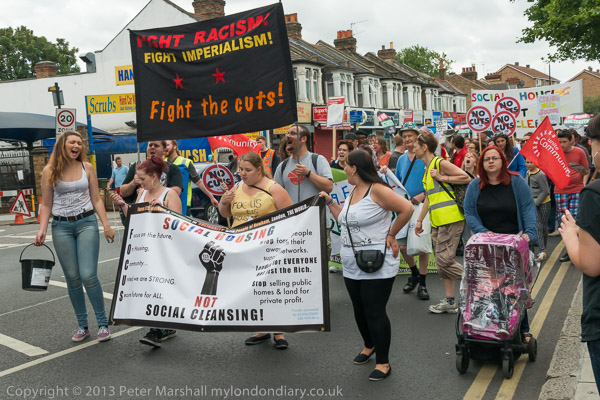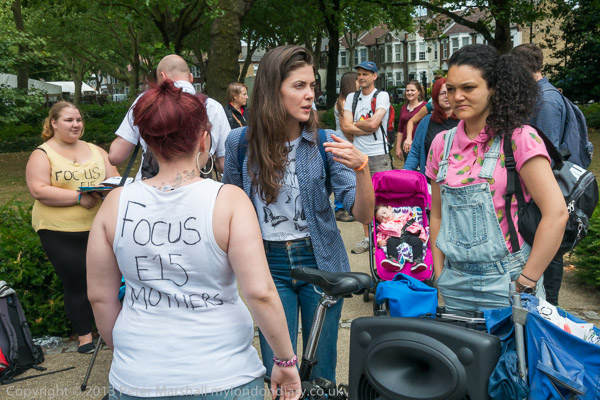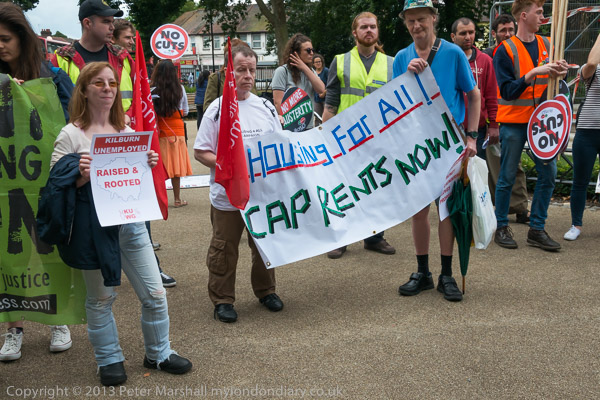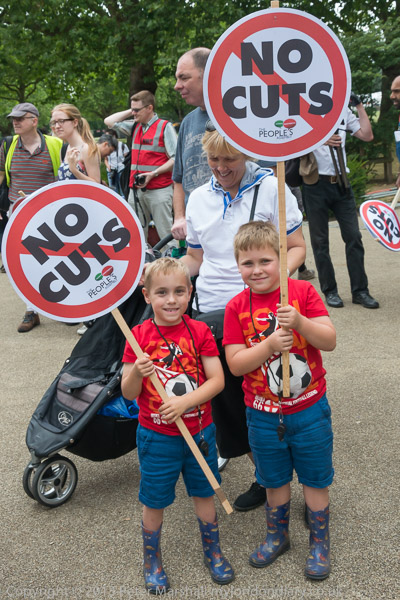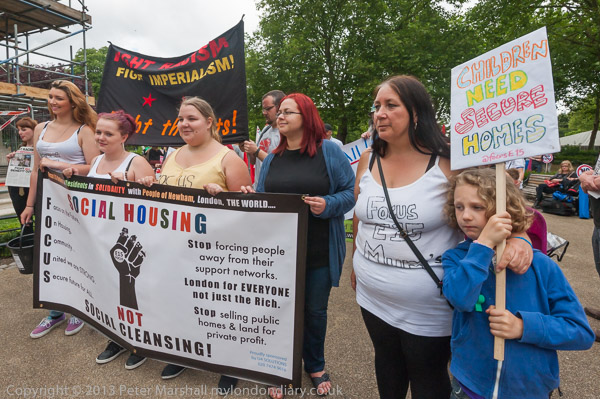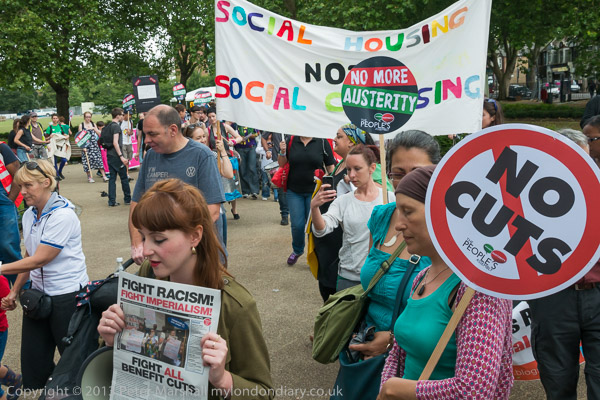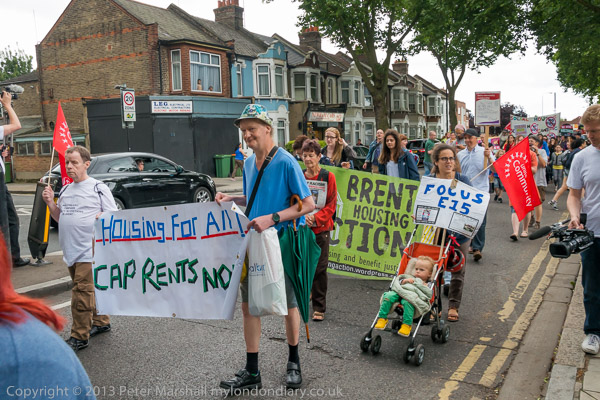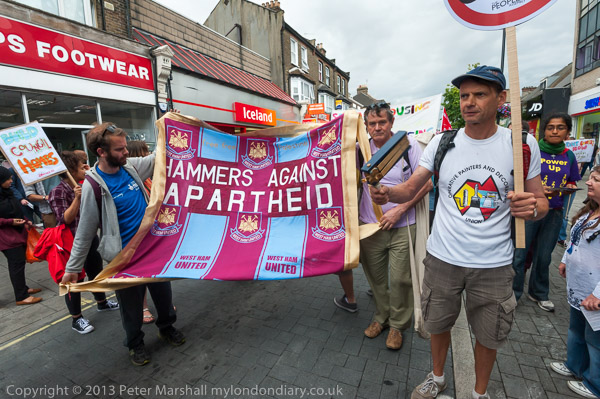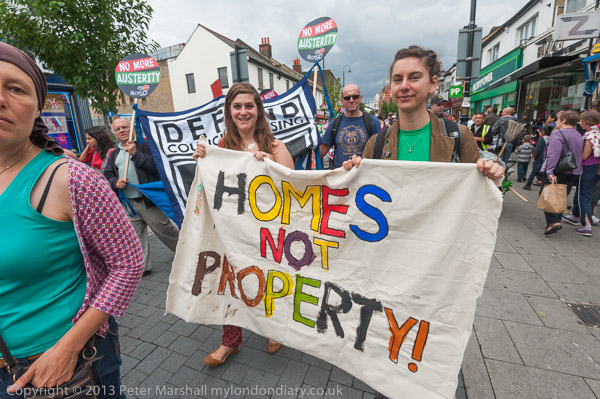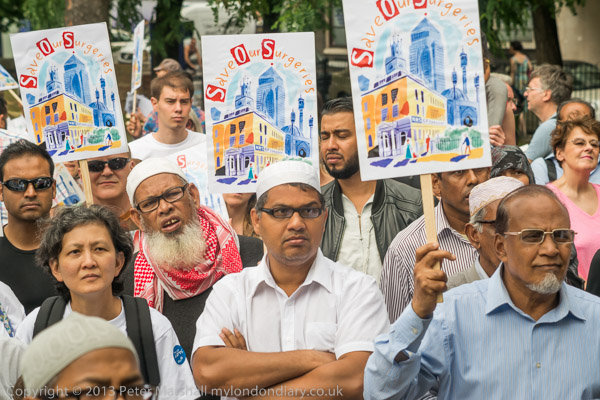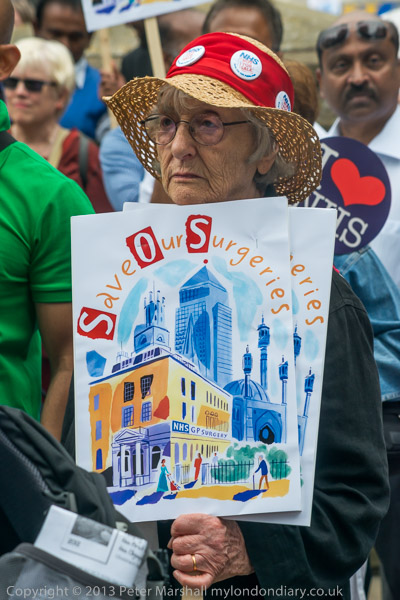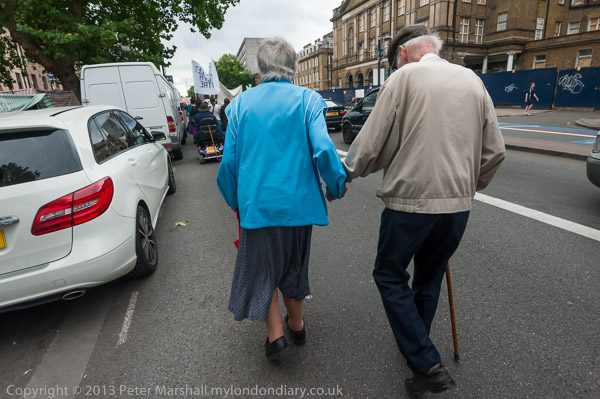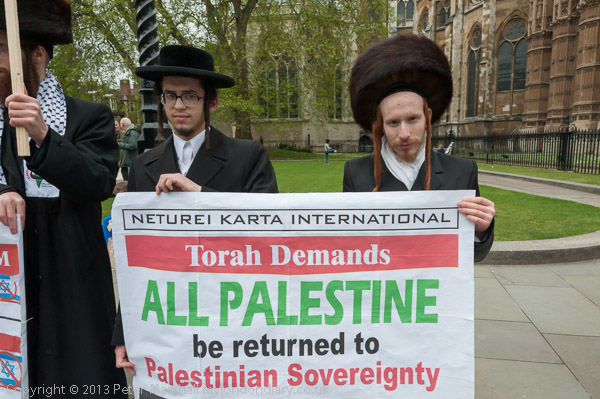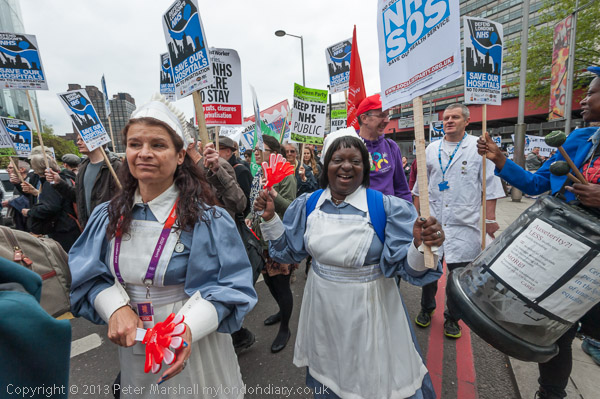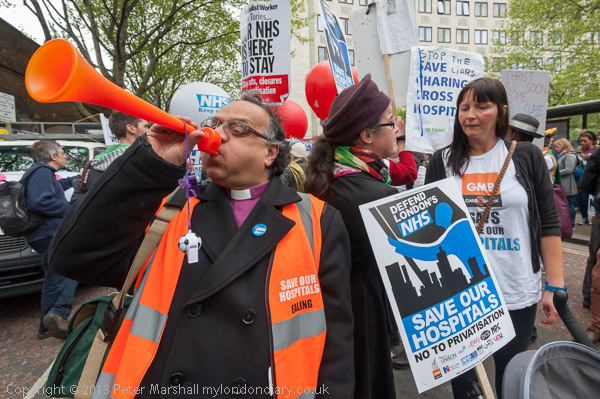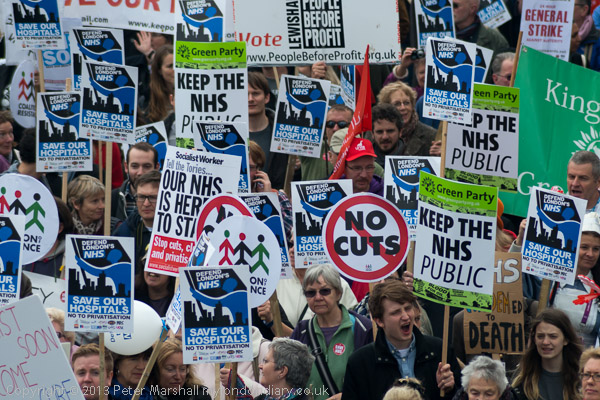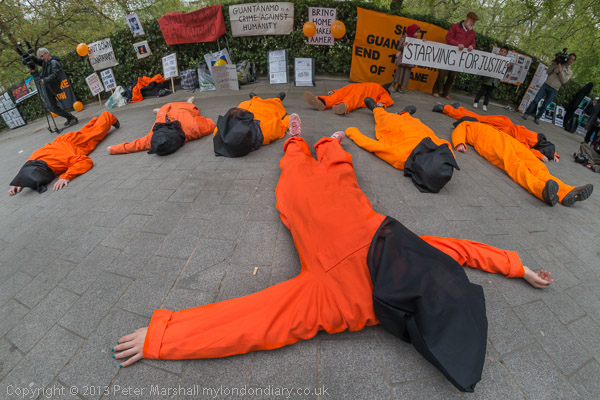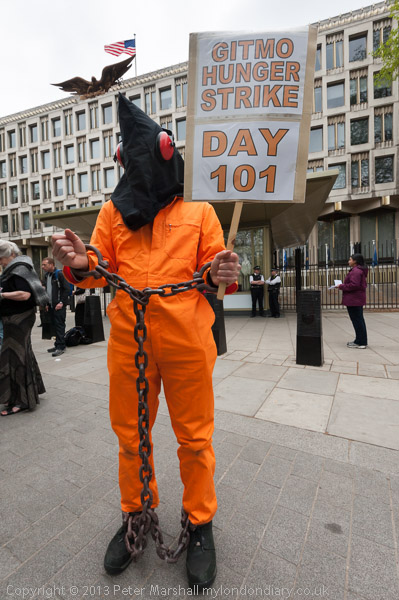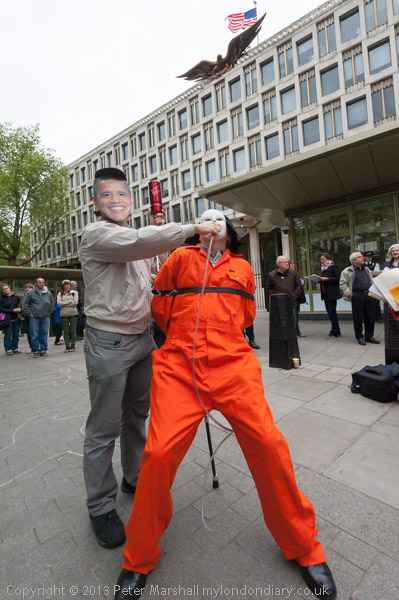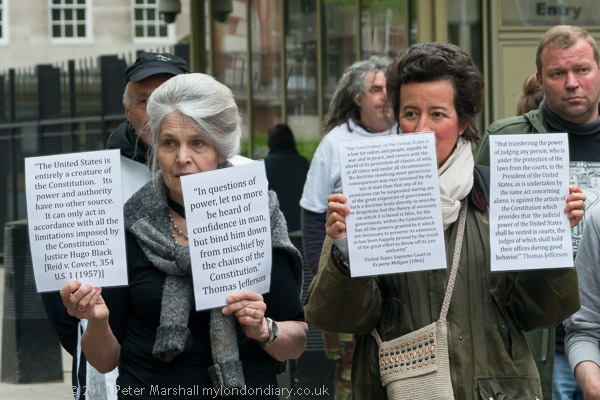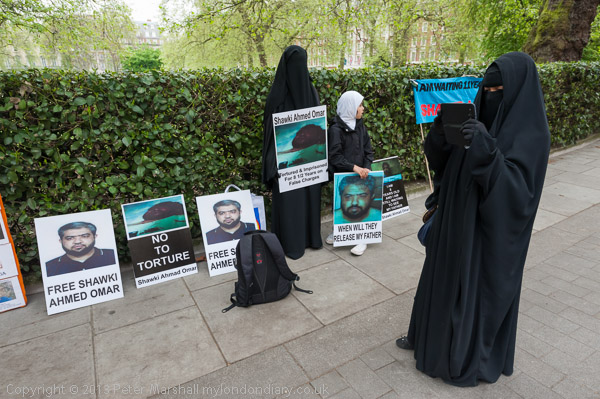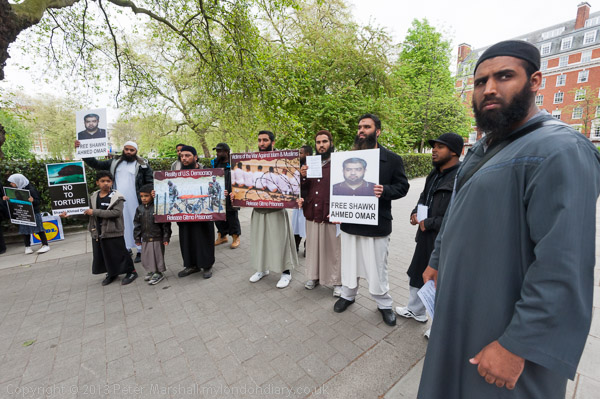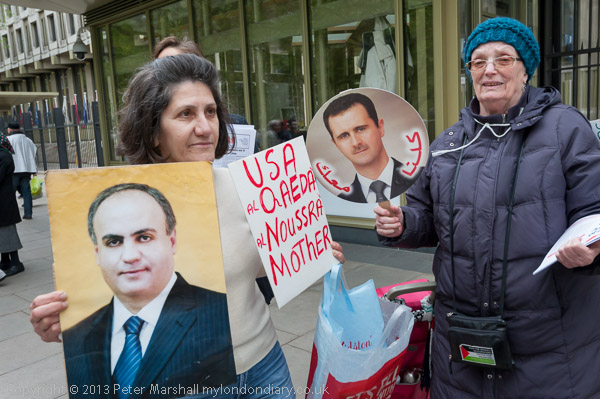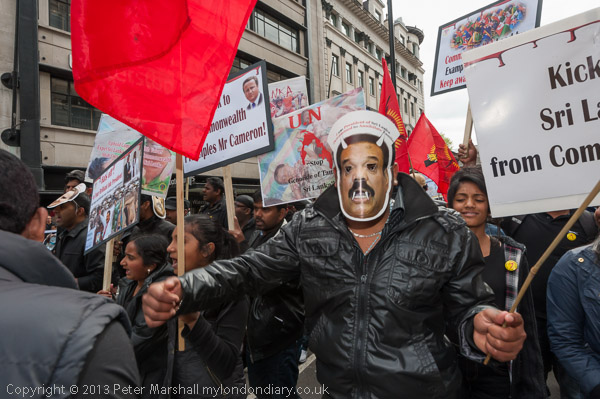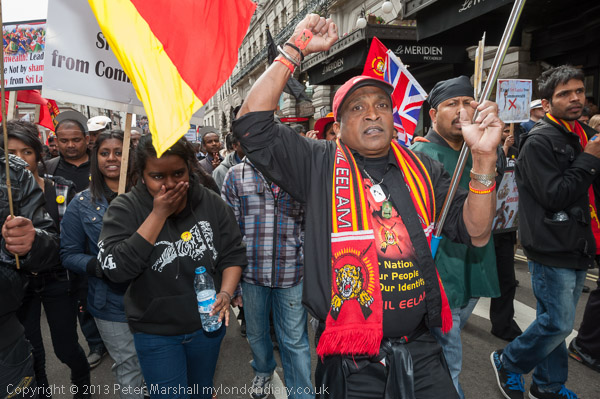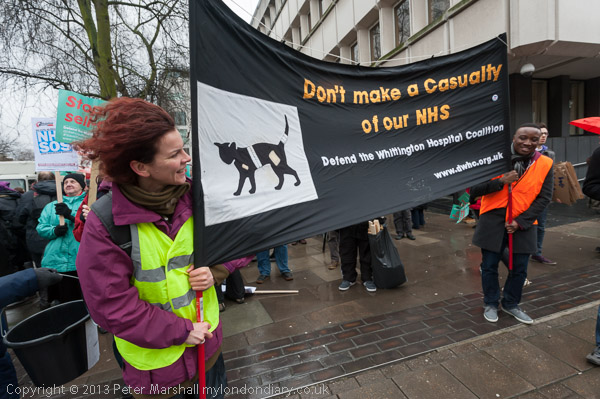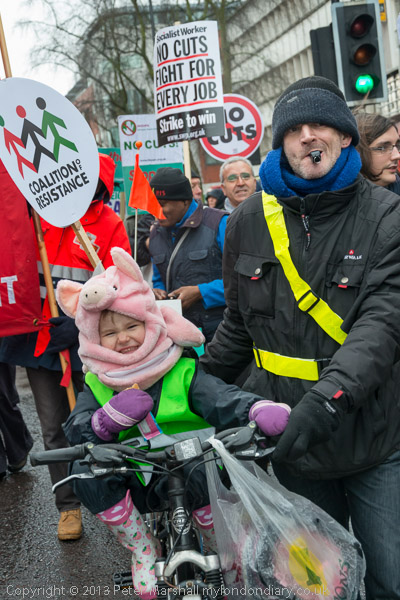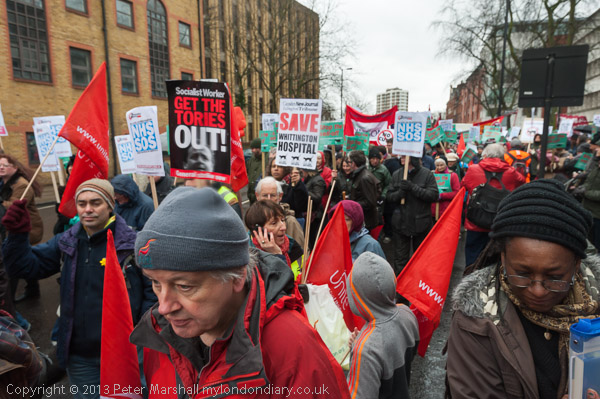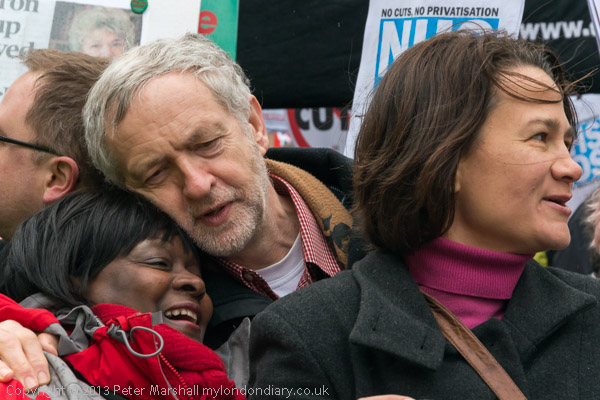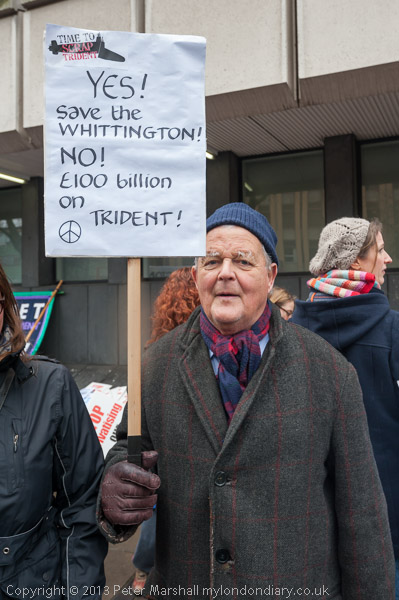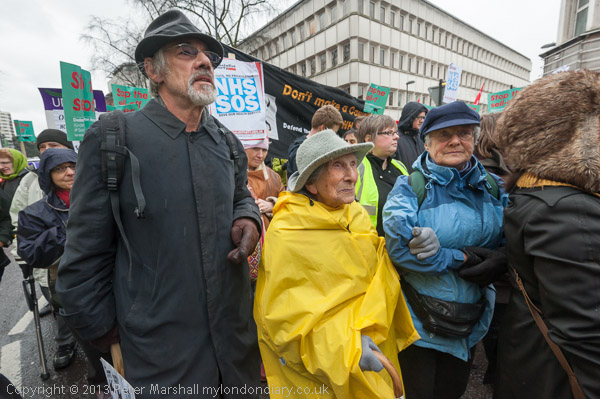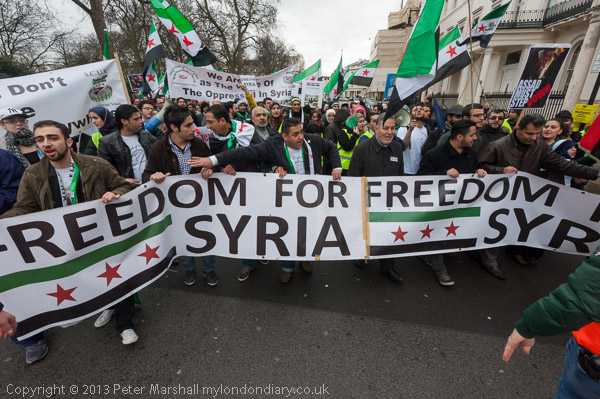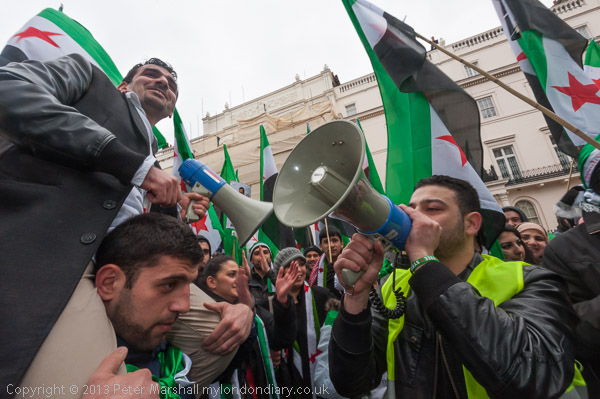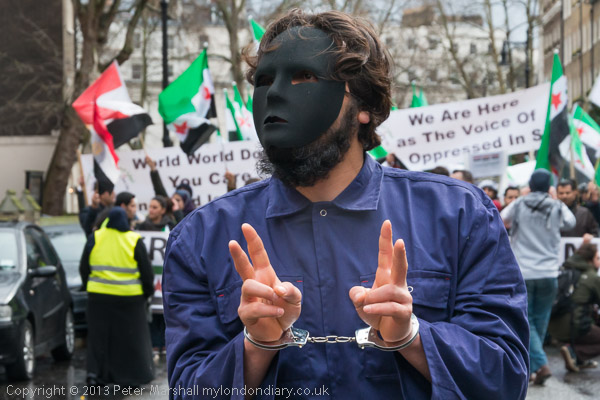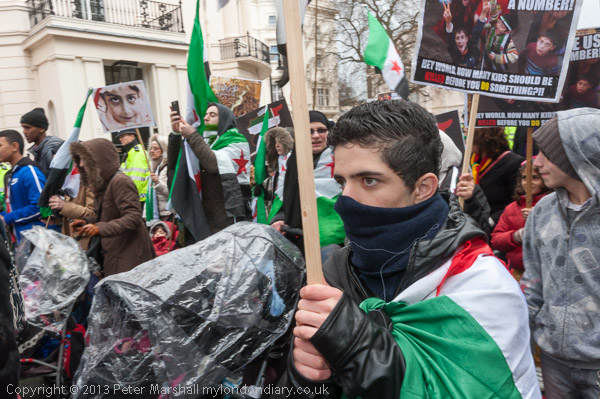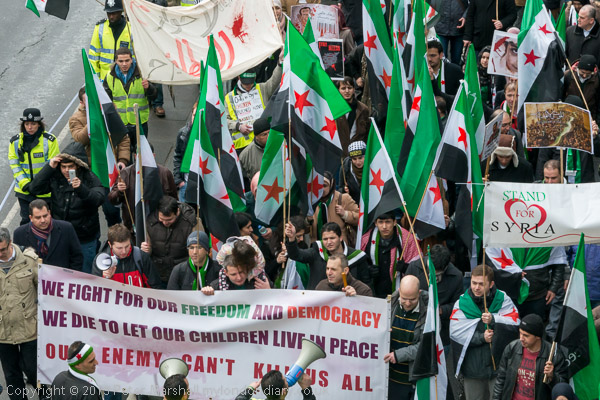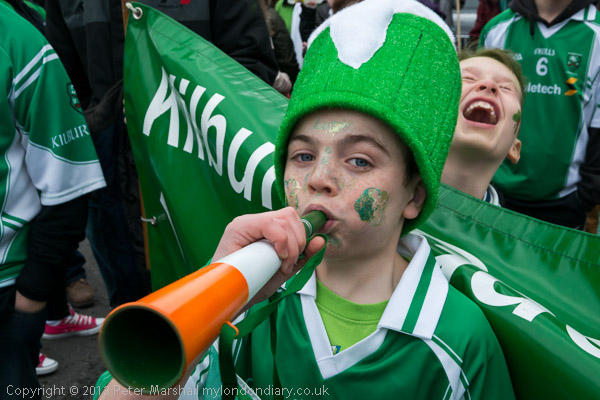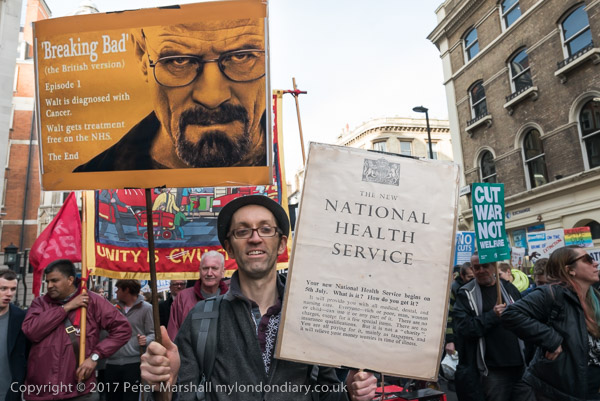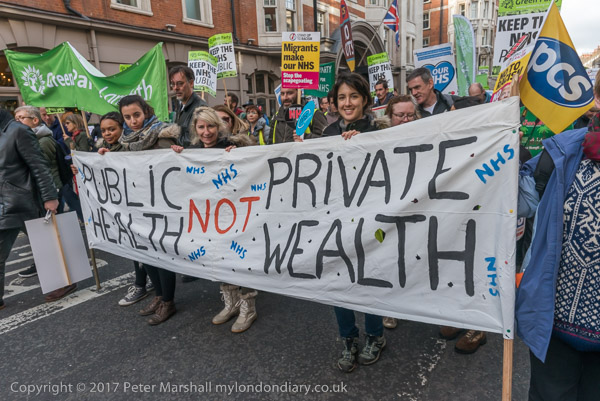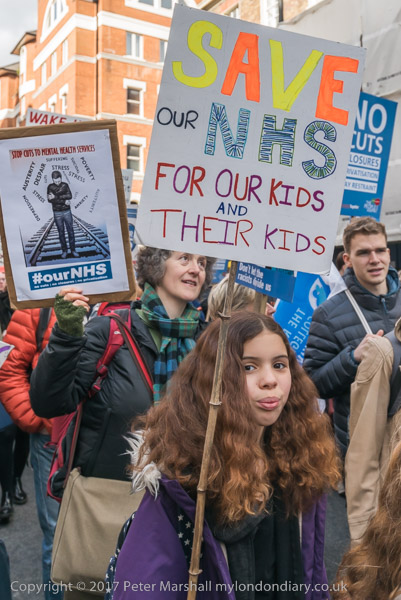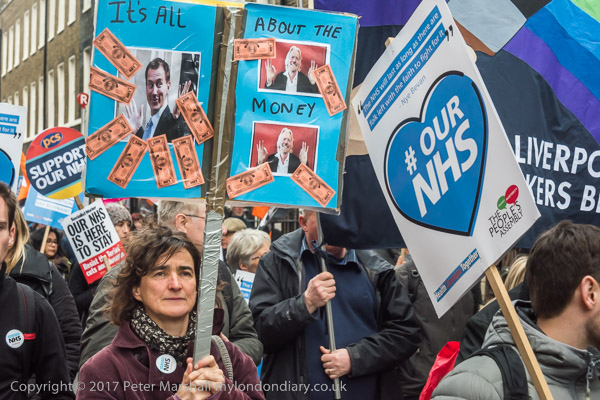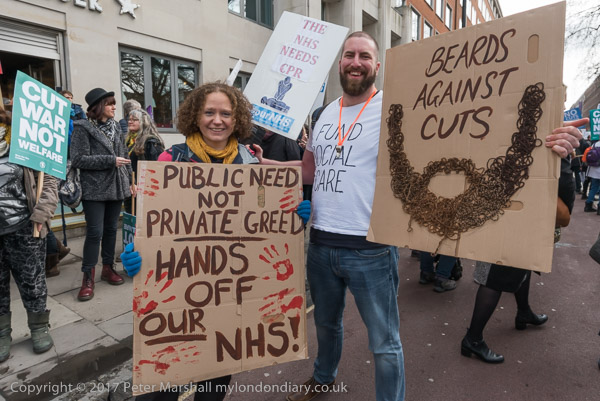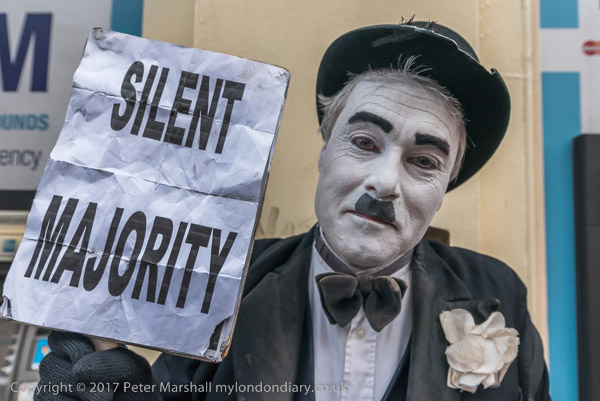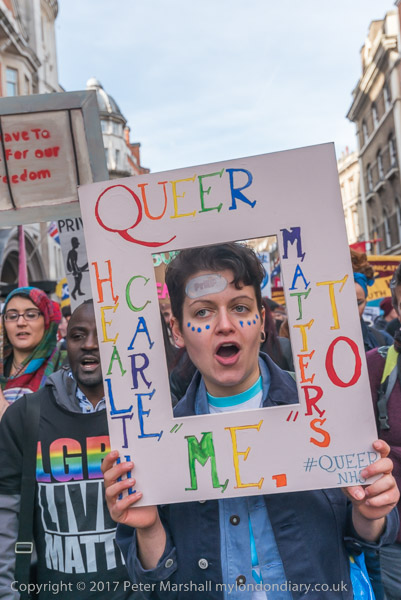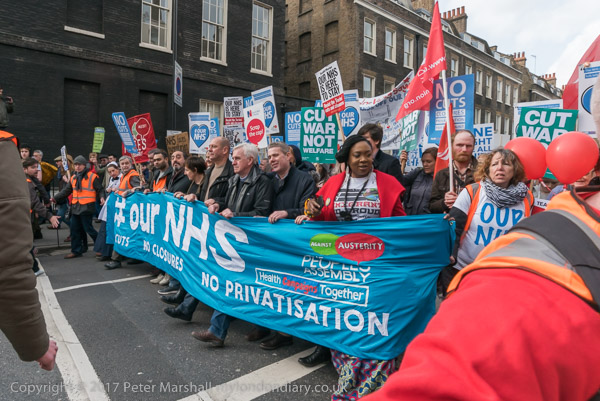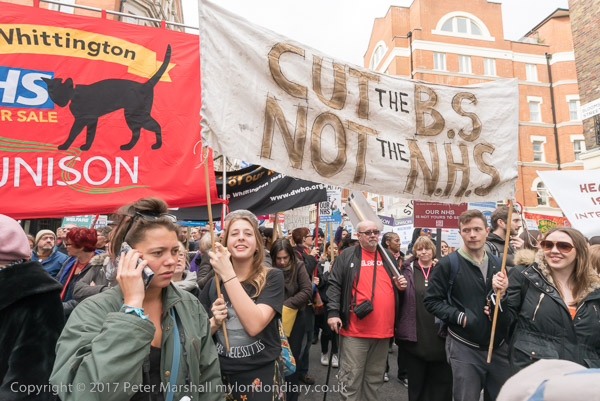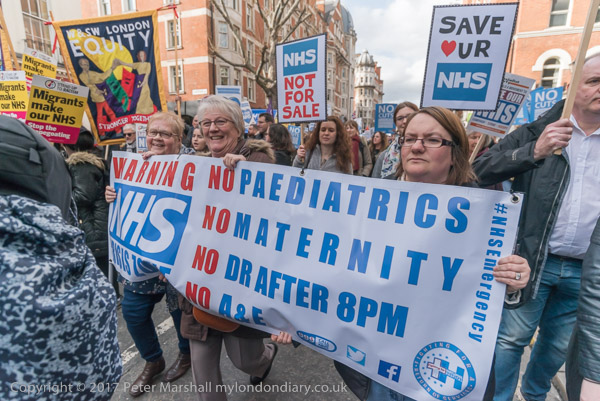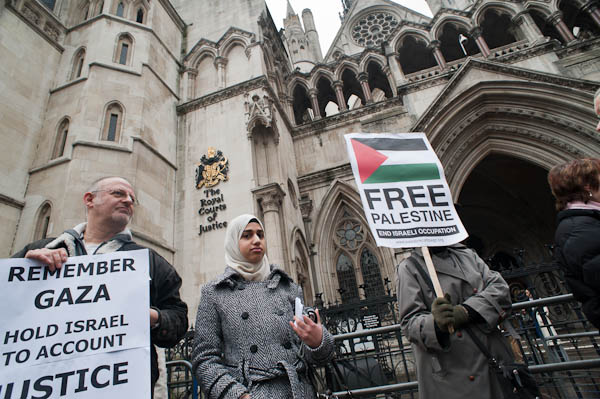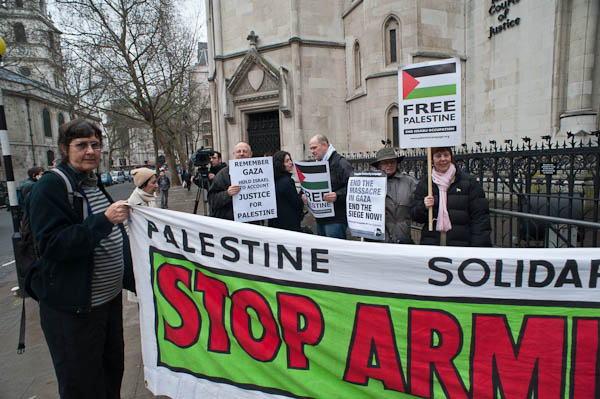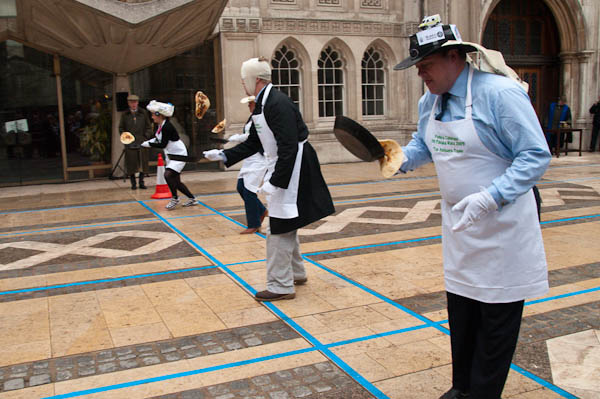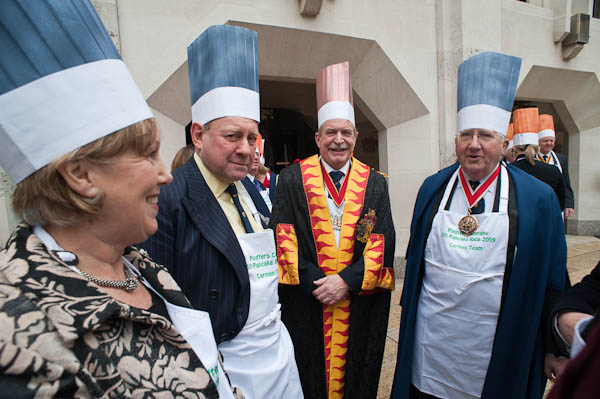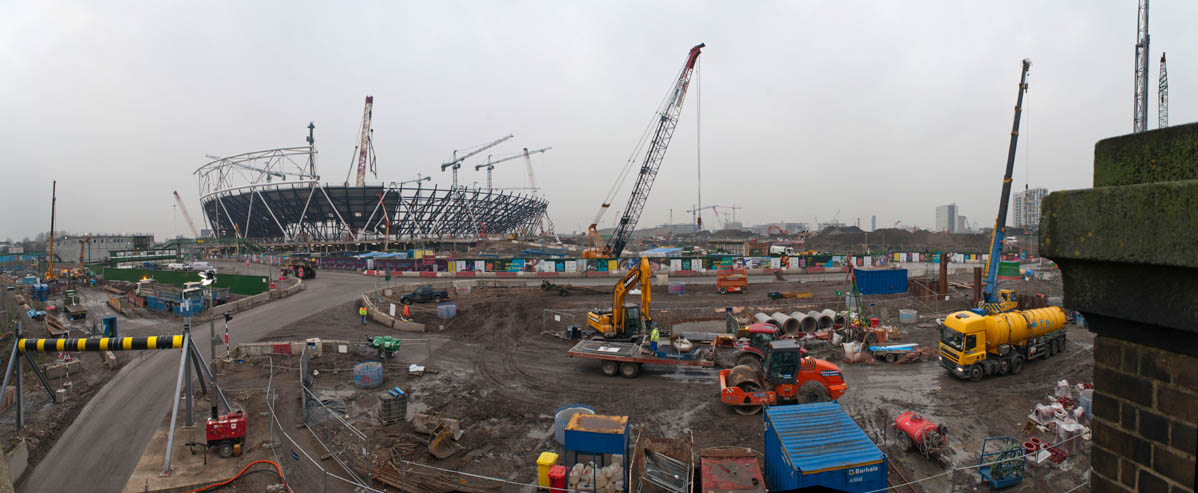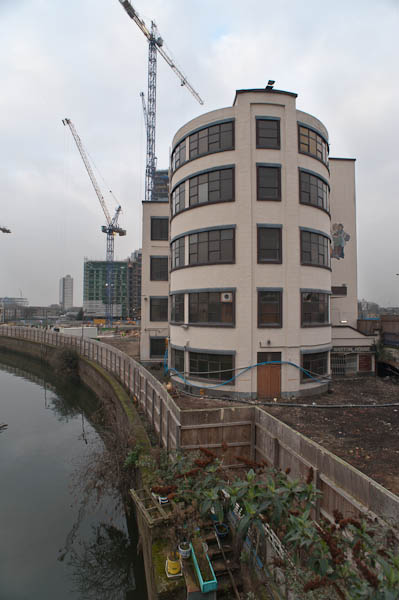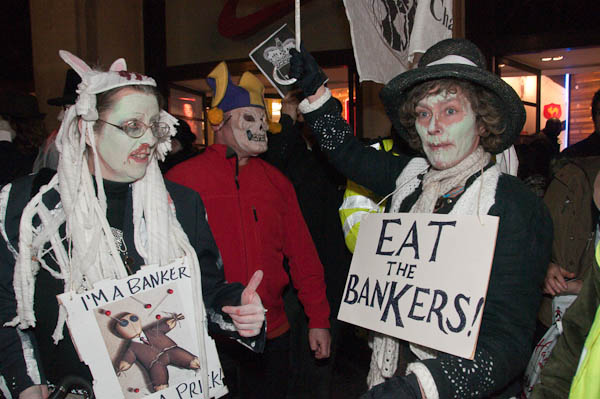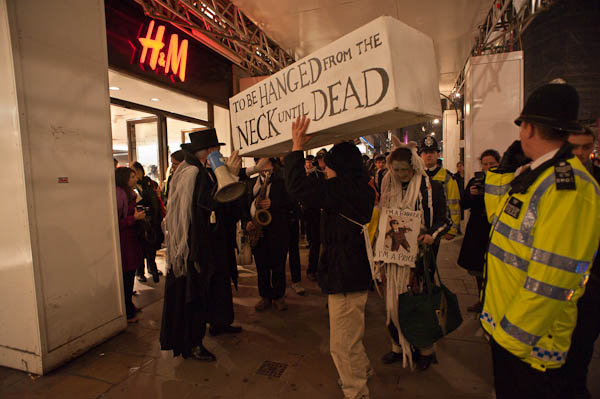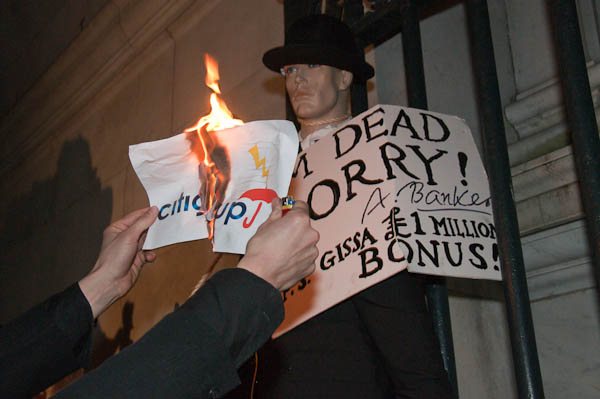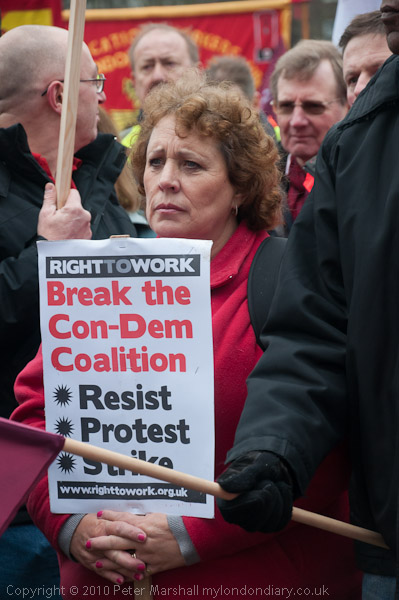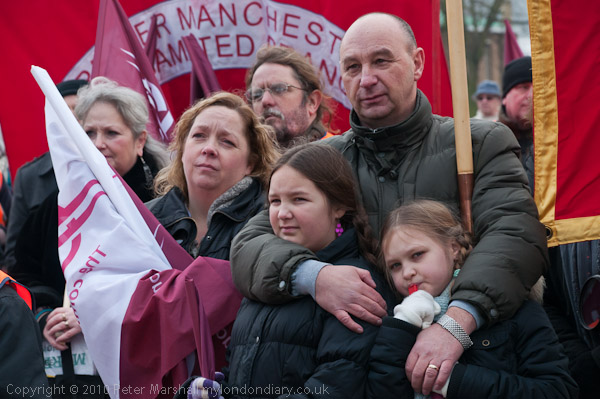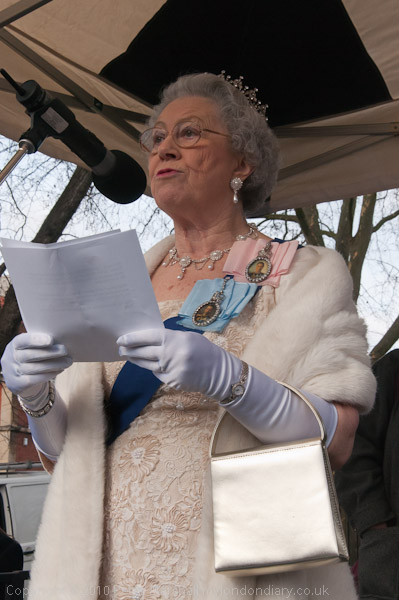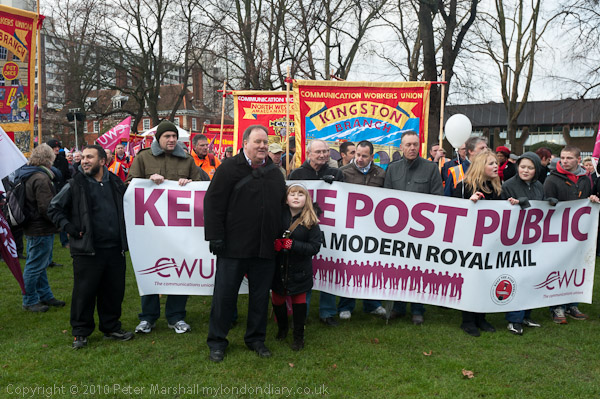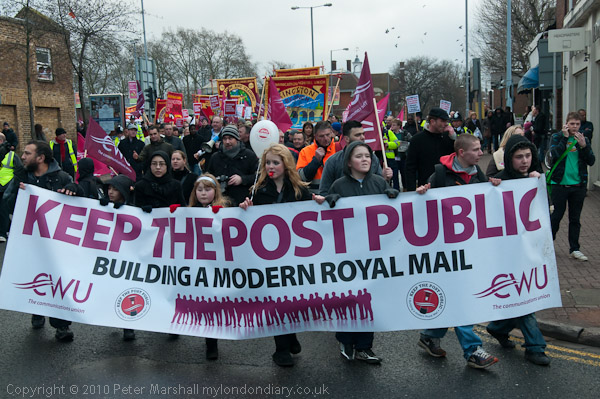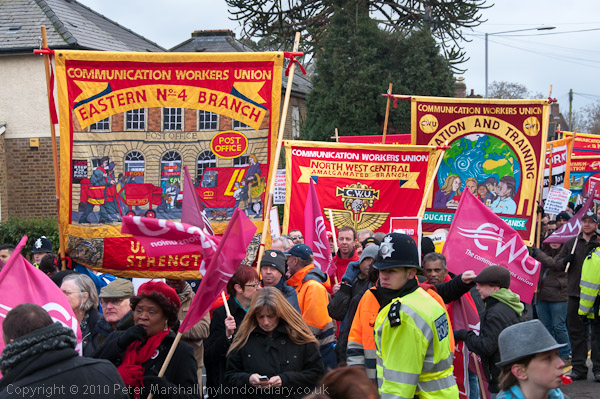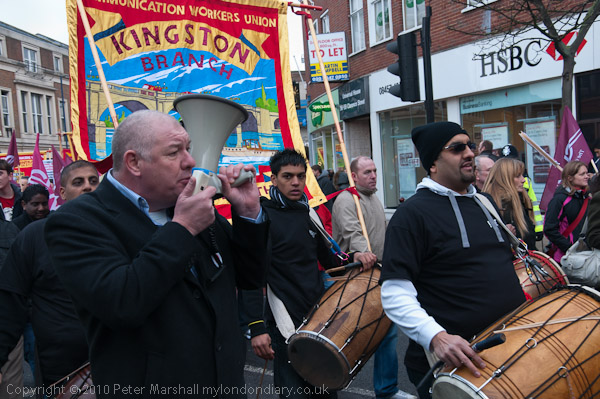Fair Fares, Kobane and Biomass: Ten years ago on Tuesday 28th October 2014 I photographed protests calling for fairer fares on our railways, an end to the Turkish backed Islamic state invasion of Kobane in Kurdish Syria and finally calling on the Green Investment Bank to end funding for hugely climate wrecking investments in using biomass for power generation.
Fair Fares Petition – Westminster
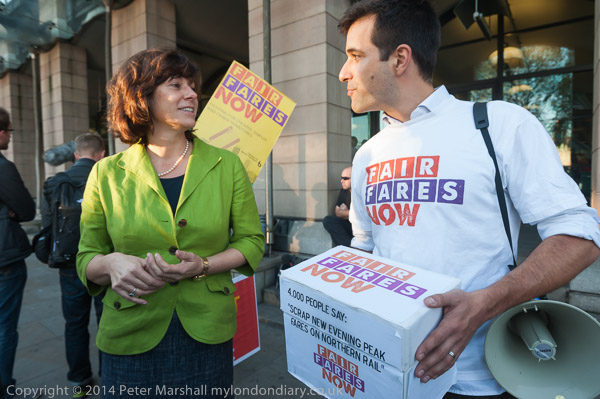
The Campaign for Better Transport, including their director Stephen Joseph OBE protested at the Dept of Transport before walking to Portcullis Hous to hand a petition with over 4000 signatures to Rail Minister Claire Perry MP calling on the recent increase in Northern Rail evening peak rail fares to be scrapped. My own rail fares also increased by around a third if I need to return from London between 4pm and 7pm, though the evening peak only really begins around 5pm.
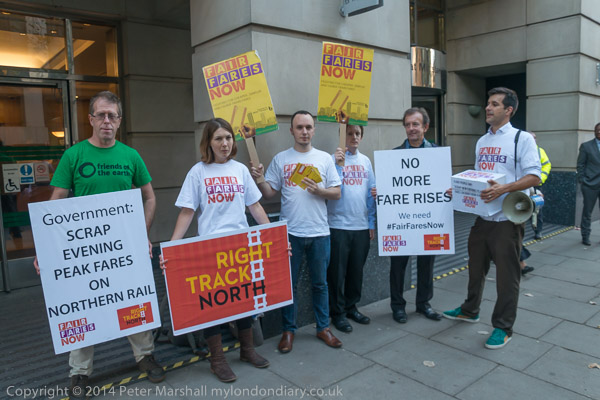
We have the most expensive rail travel in the world, largely thanks to privatisation, as well as lower levels of service than many companies, and a hugely complex system of ticketing which often results in passengers paying more than necessary.
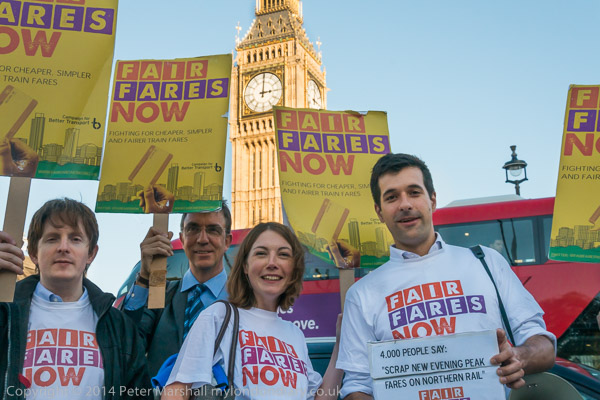
Labours Passenger Railway Services (Public Ownership) Bill should eventually bring in a simpler more uniform structure for the railways and we can hope that it might make fares simpler to understand – and perhaps even less costly. Currently it is often cheaper to travel by less green modes of transport, even by air.
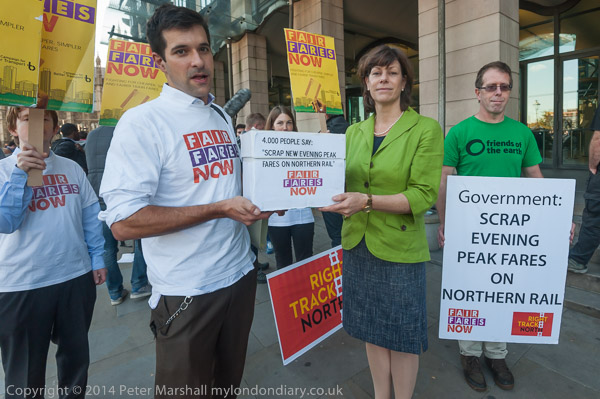
We also need to move away from the companies which lease trains and pay out huge dividends to their shareholders to a more sensible system in which the railways actually own trains and ensure that they provide more carriages on services which are now heavily overcrowded – which seem to include almost all CrossCountry trains. Their franchise ends in October 2027.
Kobane – Unite against Isis Drawing – Trafalgar Square

Kurds stood around a giant chalk drawing on the North Terrace of Trafalgar Square including the Statue of Liberty and the message ‘KOBANE Unite against ISIS‘ hold small posters “support progressive and left forces against ISIS” and “Support Kobani Struggle“.
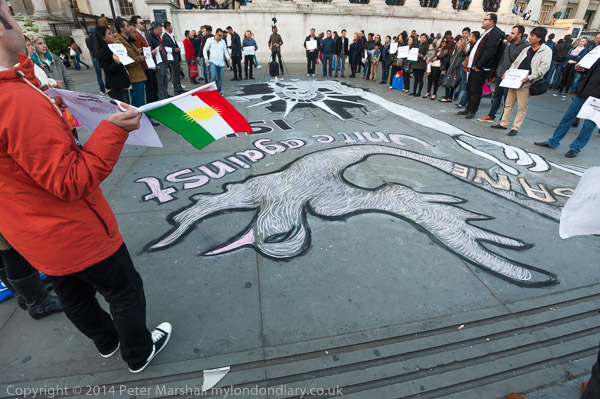
The ISIS forces attacking Kobane, close to the Turkish border in a Kurdish region of Syria were being supported by Turkey as a part of their fight against the Kurds,
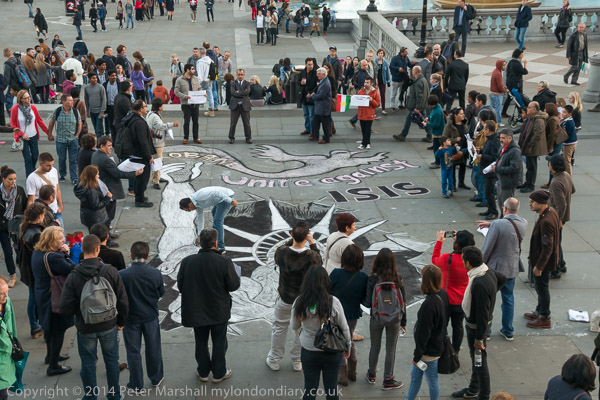
The main opposition to ISIS is provided by Syrian Kurdish People’s Protection Units (YPG), who were being supported by US air strikes.
Kobane – Unite against Isis Drawing
Biofuel picket Green Investment Bank Birthday – King Edward Street
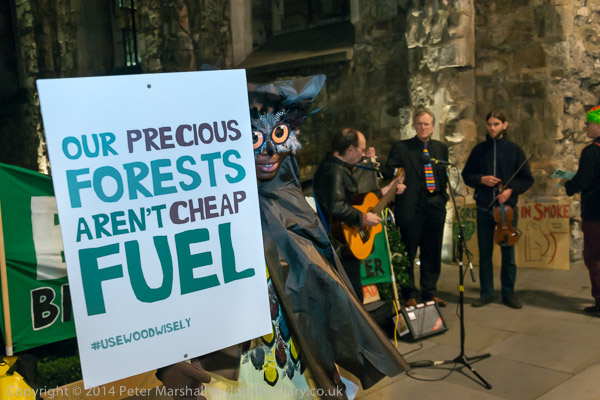
Protesters from Biofuelwatch and London Biomassive, some dressed as wise owls, picketed the second birthday celebrations of the Green Investment Bank at Bank of America Merrill Lynch in London against their funding of environmentally disastrous biomass and incineration projects.
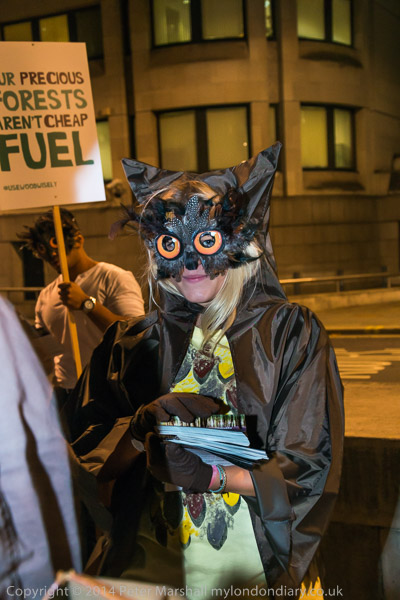
These are more polluting than coal, producing more climate-wrecking carbon dioxide than coal, and protesters urged the GIB to finance “low carbon sustainable solutions” instead of these “high-carbon destructive delusions.”
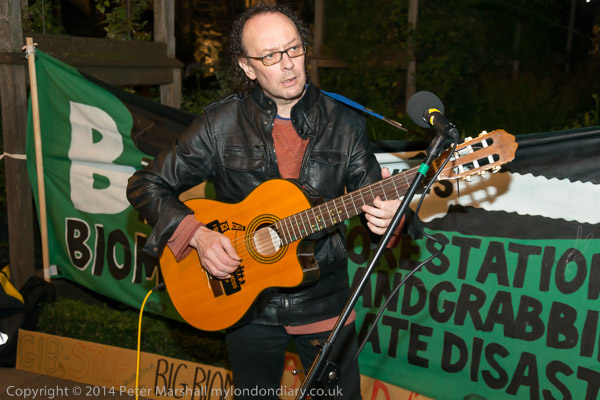
The protest took place as many city workers were walking past on their way home and many took leaflets and some stopped to talk with the protesters.
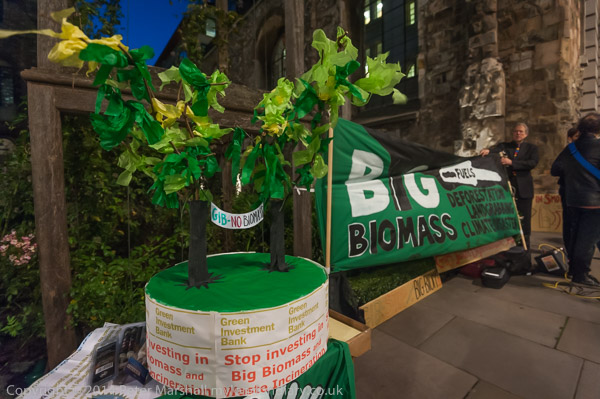
There was live music, some short speeches and couple of birthday cakes for the GIB, one edible and the other rather larger with two ‘oil palms’ on top and a banner with the message ‘GIB No Biomass’ strung between them.
Biofuel picket Green Investment Bank Birthday
Flickr – Facebook – My London Diary – Hull Photos – Lea Valley – Paris
London’s Industrial Heritage – London Photos
All photographs on this page are copyright © Peter Marshall.
Contact me to buy prints or licence to reproduce.
